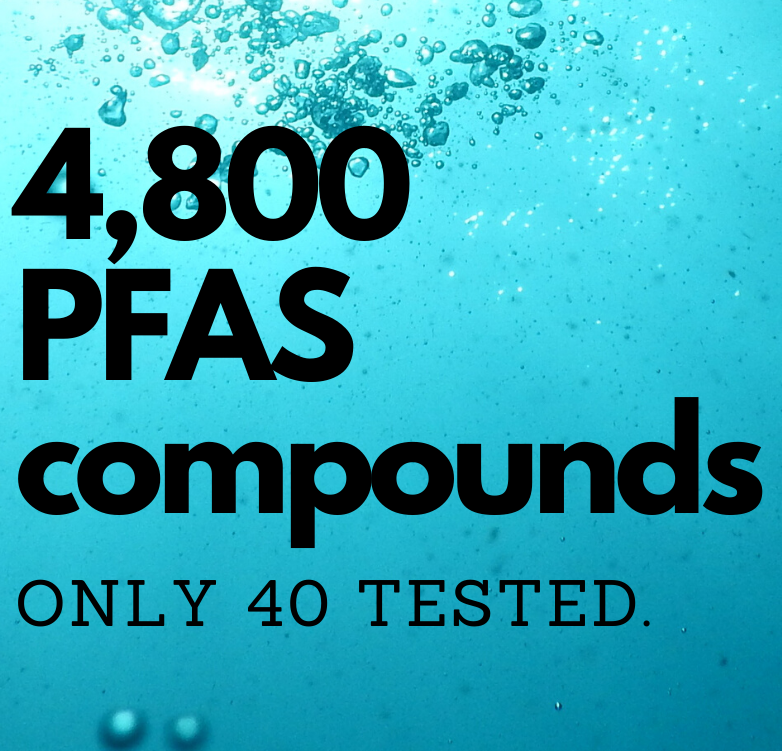Research
 The Center for PFAS Research is a research initiative, driven by MSU AgBioResearch, for the development of green chemistry and remediation technologies, and a collaboration hub for academic, public health, state, federal, and industry research endeavors surrounding PFAS and emerging contaminants.
The Center for PFAS Research is a research initiative, driven by MSU AgBioResearch, for the development of green chemistry and remediation technologies, and a collaboration hub for academic, public health, state, federal, and industry research endeavors surrounding PFAS and emerging contaminants.
To accomplish this, the center will:
- Use an organized framework to unite researchers across disciplines to tackle this complex ecological and agricultural problem. Research disciplines engaged with the center will include biologists, toxicologists, risk assessors, computer scientists, modelers, mathematicians, chemists, physicists, ecologists, and engineers as well as exposure, data, and social.
- Advance quantitative approaches to assist with risk assessment or management of stressors by creating novel computational models that bridge multiple levels of biological organization and incorporate various disciplines to tackle mixture and multi-stressor problems.
- Build research capacity at MSU by creating synergies between researchers and stakeholders, outreach and engagement to broader MSU community surrounding complex environmental issues and establish MSU as a leader in biological forecasting in response to PFAS.
- Gain a better understanding of regulator and decision makers’ requirements and determine policy response options that can be enacted to protect public environmental health.
Why now?
Investment into PFAS research is timely and appropriate because there are no focused and coordinated efforts to explore PFAS impact on agricultural and natural resources in the U.S. There is also a significant investment by the state of Michigan (estimated at $50 million so far) into PFAS-related issues, which is well above the current federal level, and more than any other state in the U.S.
An interagency government team called MPART (Michigan PFAS Action Response Team), is performing widespread testing of PFAS in drinking water with some additional fish and wildlife testing. In December 2019, the State communicated a desire for MSU to take leadership on research directions for PFAS, and for MSU to have a centralized and coordinated center with respect to these issues. Some members of the team are already actively working with the State, but a more unified and cohesive effort is desired.
Further, on Jan. 10, 2020, the U.S. House of Representatives passed the PFAS Action Act which designates certain PFAS as hazardous substances. If this Act is enacted, and PFAS are declared hazardous substances, then under the Comprehensive Environmental Response, Compensation, and Liability Act (CERCLA, aka Superfund), significant remediation funds become accessible for PFAS.
This center will facilitate MSU’s readiness for when PFAS are declared hazardous substances, so that we can quickly respond to funding opportunities and provide sound science to support the risk assessment of particular PFAS compounds.



 Print
Print Email
Email